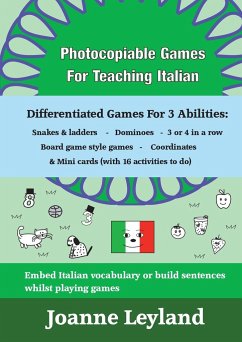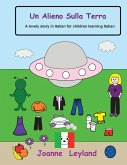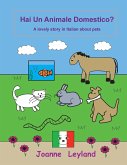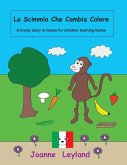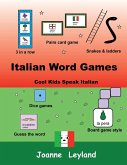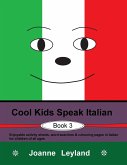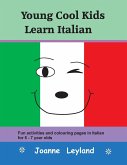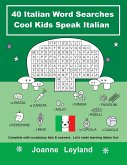Games are a great way to engage pupils so they have fun whilst they are learning in a meaningful context. To differentiate the learning activities for classes of different abilities, the games have been colour coded according to the amount of Italian words that appear in the games. Verde is for the lower ability group, giallo is for the middle ability group, and rosso is for the higher ability group. At the front of the book you will find a detailed plan of which Italian words each ability group has for each topic. The 8 great topics in this fantastic book include drinks, numbers, fruit, pet animals, colours, sports, transport, pizzas and pizza topping. The differentiated games in this book include: Snakes and ladders, dominoes, board game style games, coordinates and 3 or 4 in a row. The games are ideal for pupils aged 7 - 14 and have been created by a qualified teacher, with 20 years experience in teaching languages to children. For each game there is a useful Italian vocabulary list, many with pictures, for all the words the pupils need for that game. Each topic also has a set of mini cards. There are so many different language games that can be played using mini cards, for example the pairs card game and guess the word. At the back of the book you will find 16 ideas of activities to do with the mini cards. The pair work activity instructions can either be given as an instructions page for the children to choose their own game, or you can choose the games the children will play. For the games using the mini cards you can decide if you want the whole class to have all the cards, or if you continue to ask groups to focus on the words outlined in the detailed vocabulary plan their group. The games can be played to learn or revise Italian vocabulary for the 8 topics, or the pupils can practise making Italian sentences or questions as they play the games. For each topic there are ideas for making sentences or questions using the words in that topic, and you can choose what you want the pupils to practise as they play the games. Once photocopied, the games are an excellent classroom resource that can be used time and time again. The mini cards look good photocopied onto card, and to make the different sets easy to separate you could use 3 or 4 different colours when photocopying. The other games look lovely photocopied onto either A4 or A3. Games are ideal for repetition, reinforcement, encourage a positive approach to learning a foreign language and also encourage the development of good social and communication skills. Let's make learning Italian fun.
Hinweis: Dieser Artikel kann nur an eine deutsche Lieferadresse ausgeliefert werden.
Hinweis: Dieser Artikel kann nur an eine deutsche Lieferadresse ausgeliefert werden.

